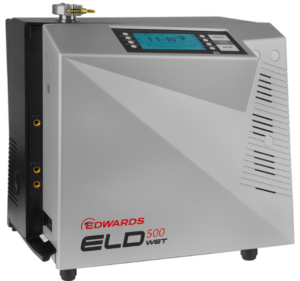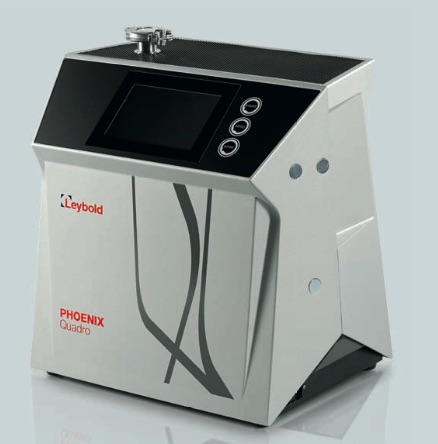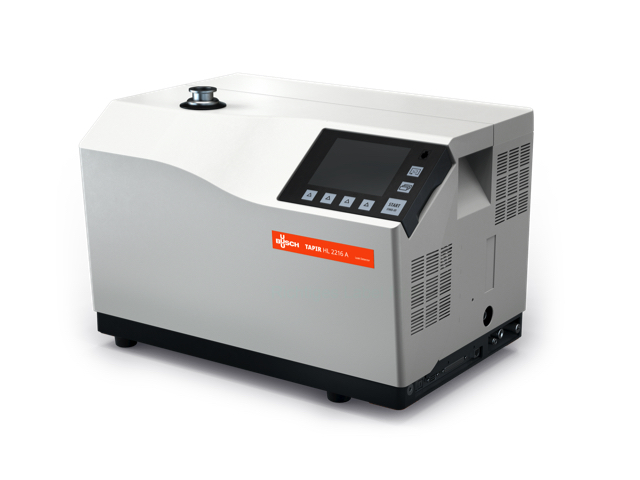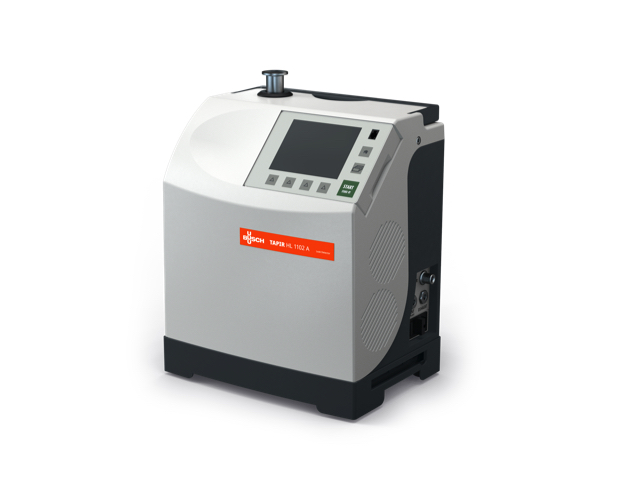Helium Leak Detector Line-Up
Edwards ELD500 and Flex
Wet or Dry Units
Internal or External Rough Pumps
Leybold Quadro or Vario
Wet or Dry Units
Internal or External Rough Pumps
Busch Tapir 2216
Maintenance or Production
Helium Leak Detector
Busch Tapir 1102A
Compact Maintenance
Helium Leak Detector
Helium Leak Detection
Helium leak detection technology provides detection of the smallest leaks and is good for outside/in and inside/out leak detection. In outside/in helium leak detection, vacuum is pulled on the container to be leak checked or vacuum is pulled through the part. Helium is sprayed in very small amounts on the suspected leak areas of the part and the vacuum pulls it through if there is a leak. The helium leak detector can then detect and quantify the helium coming through and provide the signal and display the leak rate.
The Leybold Phoenix Quadro is the very good leak detector available for this method. The Quadro comes in oil sealed, and dry versions. The Phoenix Vario allows the user to attach the pump of their choice. This allows leak check of bigger parts and those that require high production.
The Busch TAPIR 2216A and the TAPIR 1102A in combo give uses the choice of the high performance TAPIR 2216A and lightweight TAPIR 1102A. The TAPIR 2216A has the largest roughing/backing pump in its glass at 11 cfm and is the choice for production applications and maintenance helium leak check applications. The TAPIR 1102A is the choice for applications where portability is key with it weighing in at 46 lbs!
For inside/out leak detection, a helium leak detector operating in sniffer mode is needed. The part to leak check is pressurized with helium and if there is a leak in the part, the helium passes through it. Helium can then be detected on the atmospheric side and leak located. Detection limits are not as fine as in the outside/in or vacuum method due to the concentration of ambient helium in air of 5 ppm. The Leybold Phoenix Quadro with sniffer probe or the GasCheck are both capable of determining leaks with the sniffer method.
In the last 10 years, some helium sniffer applications have been replaced using a 5% Hydrogen/ 95% Nitrogen trace gas and then using a hydrogen leak detector to detect the leak point. The 5/95 tracer gas is much less expensive and the hydrogen/nitrogen component gases are abundant. Our hydrogen leak detector models can be used for this application.





